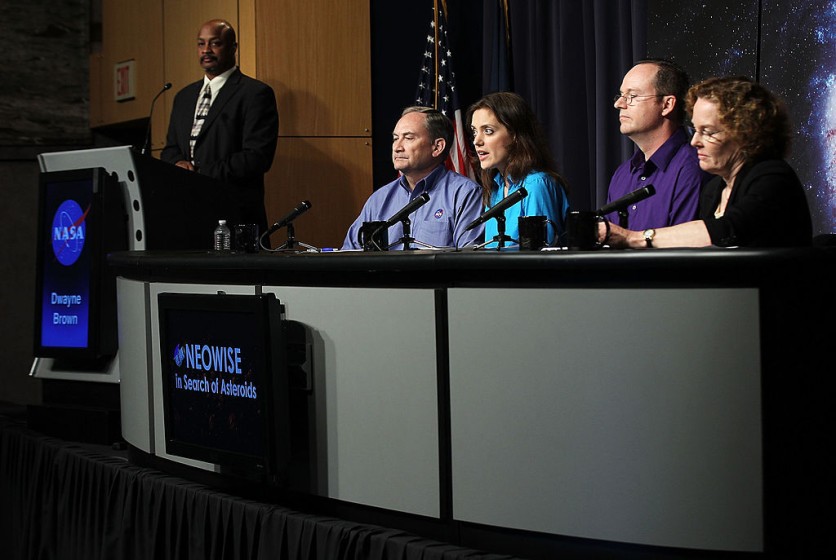NASA's Lucy spacecraft will go around Earth's atmosphere as part of its slingshot process, according to Interesting Engineering. The spacecraft will approach our planet 240 miles above the ground, which is lower than the International Space Station. Those in Western Australia and the Western USA will get a chance to see Lucy.

How to Watch Lucy
Lucy will appear in the skies of Western Australia at around 06:55 AM on Sunday, October 16. It will be clearly visible as a bright light for approximately seven minutes. Then, the spacecraft will continue its journey over the Pacific Ocean in darkness and will appear again at 7:26 AM.
If there are clear skies, stargazers can get a glimpse of Lucy through binoculars as it approaches the southwestern sky.
The last time the spacecraft was seen was when it was being enclosed in the payload fairing in Florida. This time around, the spacecraft will be seen in the sky.
Also Read: NASA's Lucy Asteroid Spacecraft Solar Array Repair Achieves 'Significant Progress'
The Next Stop
Once Lucy passes Earth, it will continue away from Earth past the moon and into interplanetary space. It will take two years again before Lucy is within Earth's orbit for its second gravity-assist maneuver. Then, it will travel on again to reach its final destination in 2025.
Once there, the spacecraft will observe the asteroid Donaldjohanson before it heads into the Trojan asteroid swarm. From there, NASA will observe Lucy passing by six Trojan asteroids.
In 2030, the spacecraft will head back toward Earth for a third gravity-assist maneuver. This will send Lucy toward the Patroclus-Menoetius binary asteroid pair in the trailing Trojan asteroid swarm.
Lucy was launched in 2021, and it was a complicated journey for the spacecraft. It was necessary to "slingshot" it at high speed for a second gravity assist.
Trojan Asteroid
The Trojan asteroid swarm is a group of asteroids that share the same orbit with Jupiter. They hover around the planet at a range of distances. Trojan asteroid swarms are believed to exist by most astronomers. However, scientists still have to observe them.
These asteroids remain in a lopsided orbit around the planet. This is known as the Trojan point. Asteroids that have the same orbit as Jupiter are called Trojans. This is because they have remained in the same place where the Trojan war took place.
The Trojan asteroids are a competition for the Oort cloud, the most distant part of the solar system. It lies beyond the edge of the terrestrial planets. The Oort Cloud is home to comets. Many astronomers believe that the Oort cloud is responsible for the comets that come into our solar system. These comets are responsible for most of the impact events.
Related Article: NASA's Lucy Asteroid Mission is Ready to Launch - How to Watch
This article is owned by Tech Times
Written by April Fowell
ⓒ 2025 TECHTIMES.com All rights reserved. Do not reproduce without permission.




